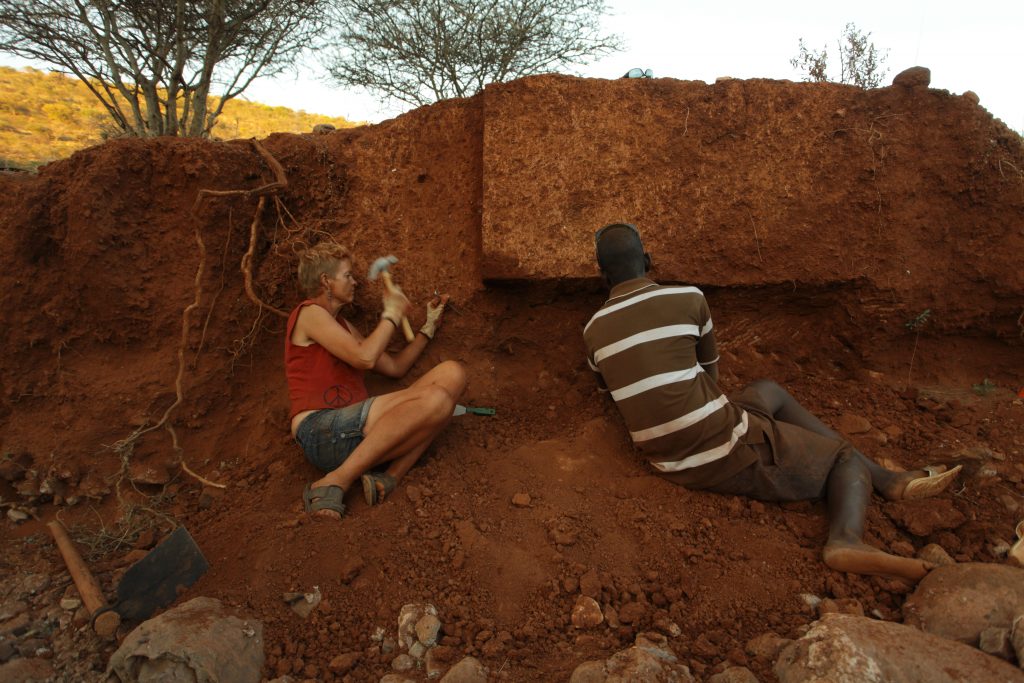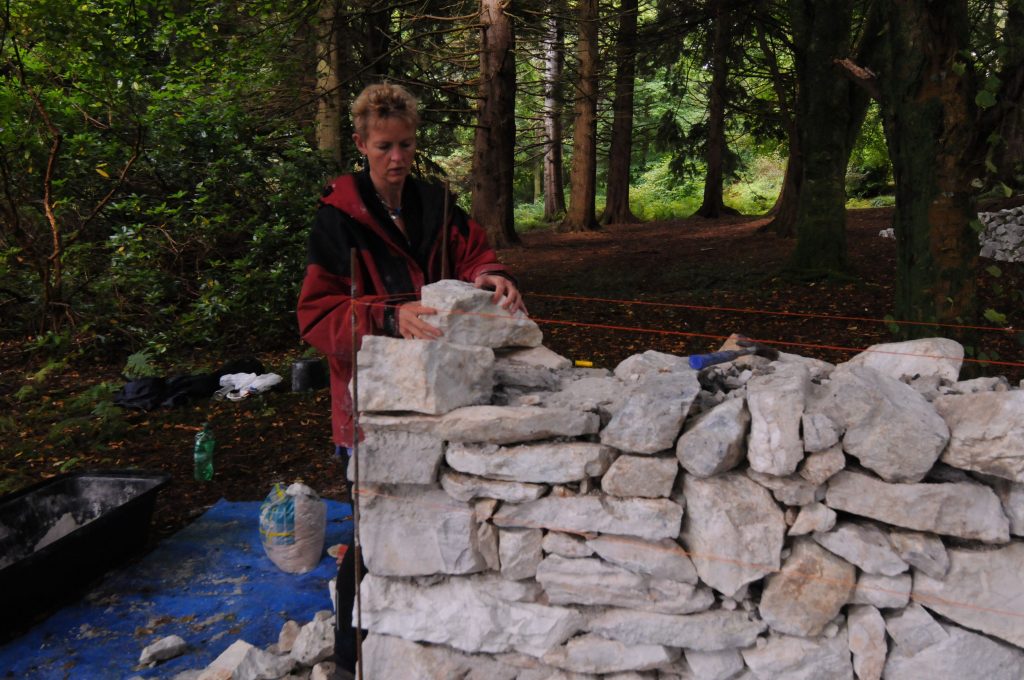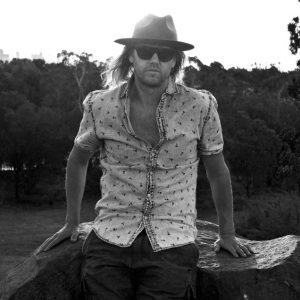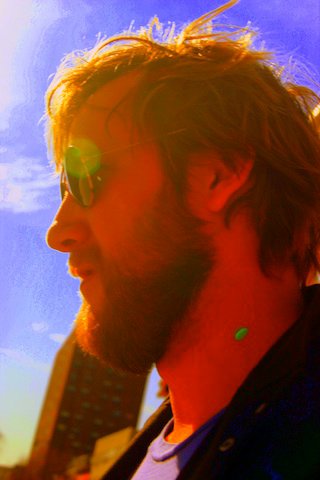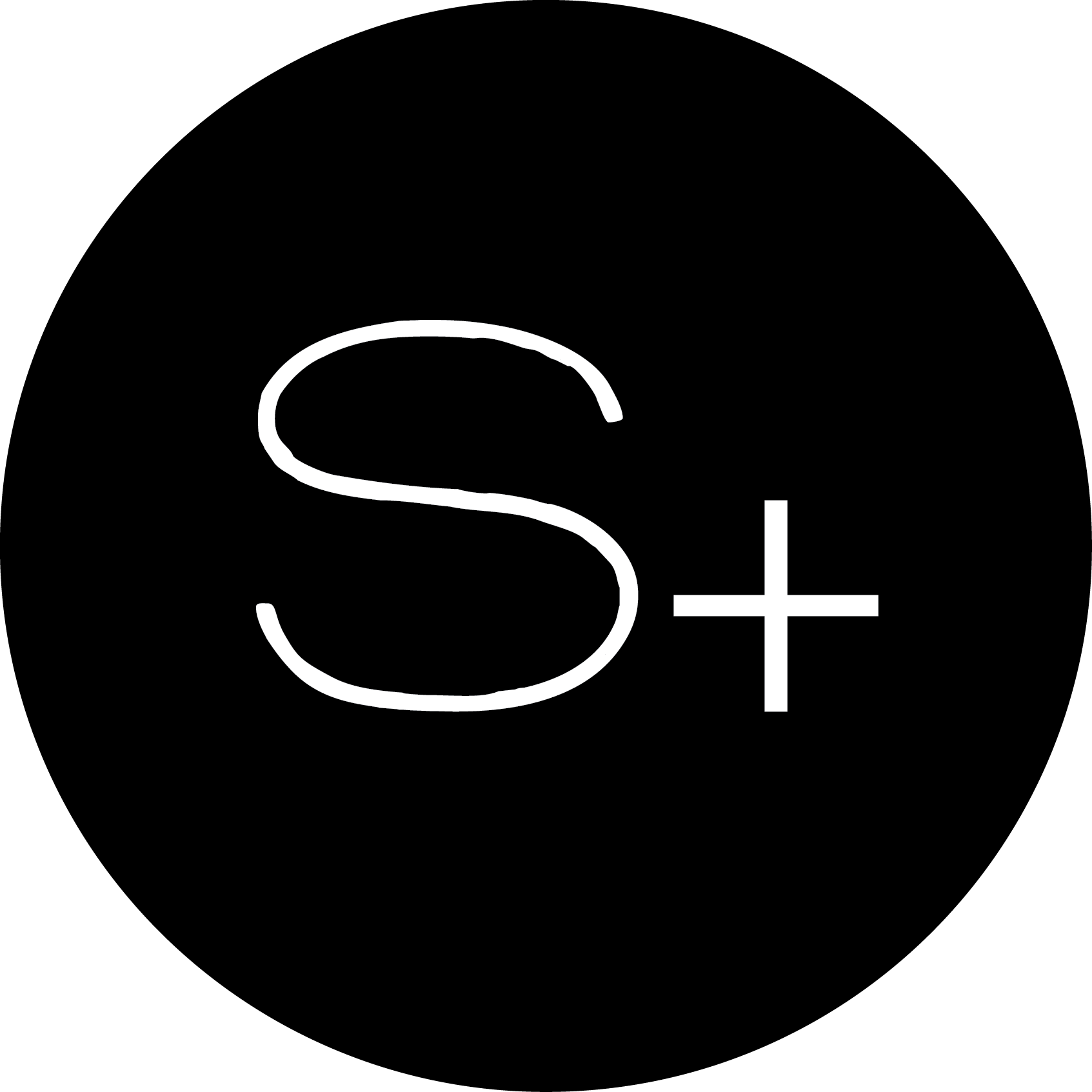JULIE BROOK: Free to roam
JULIE BROOK is a British artist who for 25 years has roamed, lived and sculpted in a succession of uninhabited and remote landscapes.
From the black volcanic desert of central Libya and in the Jebel Acacus mountains in South West Libya (2008/2009) to the semi-desert of NW Namibia (2011/2012) the nature of light, shadow and structure are expressed in the sculptural forms Brook makes. Her work is transient; temporal, ephemeral and unearthly, the sculptures are made of the fabric of the landscape itself. Brook documents these transformations through film and photography which then become the expression of the work.
Interview by Lawrence Neil
Were you creative as a child? Was there a particular experience that prompted you towards art and creation?
I loved to draw and make things, and do things outside, as many children do. I tend to think we are all creative as children in the way we play, and the sort of things we do.
I had an exceptional art teacher in my last two years at school who taught us drawing from observation at a very serious level. I remember clearly a particular drawing session when suddenly I understood for myself what it was to see and be able to draw through pure concentration when the hand and eye are utterly in tune with one another. I was 15 and recognized that depth of perception to be a completely different level of being. It had a profound influence on the choices I have made.
Between coastal Scotland and deserts in Libya and Namibia, it seems as though your immersion into wild or uninhabitable places informs much of your work. Where did the initial attraction to these types of environments come from?
It has evolved through being drawn to particular structures of landscape (e.g. cliffscapes, moorlands, mountains). I also came to value periods of solitude to enable a continuity of concentration. After working for an extended period of time in Scotland I wanted to explore a completely different sort of landscape and chose to go to Libya. All the practical skills of living in remote places enabled me to feel at ease in the desert along with the Tuareg guides showing me how to manage the heat. Much of my childhood was spent in the Gower peninsula in Wales where I was free to roam the cliffs and landscape. That has had an unconscious influence.
You’ve said that solitude gives you “a concentrated rhythm.” What does this rhythm look and feel like?
On a work trip in Namibia, for example, everything is orientated to the possibility of work. I make sure I have all the tools I need, provisions, camping equipment, good guides and helpers, so once I begin working I do not have to think of anything else. As I begin making work my energy builds so one work leads to another as I travel through a given landscape, an elasticity of rhythm and fitness so I am able to see the endless possibilities of response to my environment in what I make. I feel integrated with the nature of the work. I am not thinking from the outside. This enables a depth of perception and connection that is expressed in the most unexpected ways through the work.
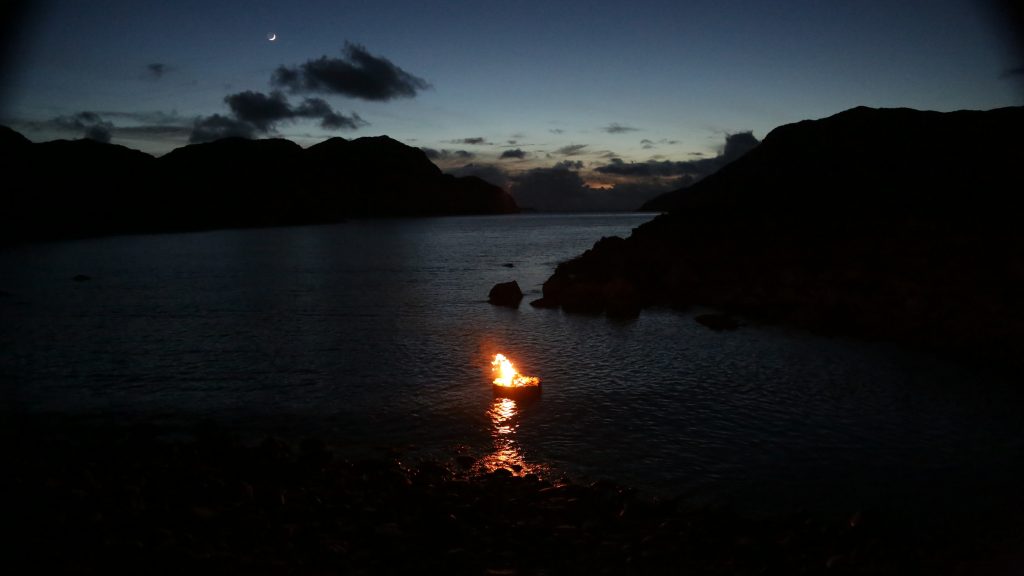
You state that your work is “both a response to [your] environment, and the expression of the environment’s effect on [you].” Could you expand on this notion that you are perhaps sharing artistic agency with the environment itself?
It is all about balance and being open — seeing each environment entirely on its terms. It requires a good deal of courage to let go of certain preoccupations or sculptural concerns when I begin in a new environment but time and again I have found if I do this that is when the work becomes really interesting. Where there is a balance between what I make and what I leave unmade.
Your land sculptures — art made by rearranging the land itself — are inherently ephemeral. Do you find that this recognition and embracing of impermanence affects the way you approach life outside of art?
At a profound level, yes, but I still get far too attached to people and places! In the work I am at my most free. It never bothers me to walk away from work, even when it has taken a long time to make. But I greatly value communicating the work to an audience whether it be a local one, who may choose to look after a sculptural work, or through film, photography and drawing.

Beyond art, what are some of the most important lessons you’ve been able to take away from your time in isolated, often hostile conditions?
Living on the West coast of Jura in extreme isolation taught me to trust myself intuitively, both in terms of being practical and being able to sustain a very positive connection to the work. I feel solitude is like a honing tool where it sharpens our perceptions in a unique and necessary way. Hostile conditions are always easier to cope with when you are actually living them and can make one feel so alive and in tune to where one is. It is about connecting with the landscape, and the conditions are integral to that.
You’ve worked with primary school students since the early 90s, teaching drawing through landscape observation and interaction. What have you learned about your own perception or practice from being around these younger minds?
If you enable children time to practice drawing over a period of time, you are giving them skills to tap their naturally intuitive forms of expression. I love the way they are so free and un-self-conscious, and they know when they have had a really good day of concentration, how it shows in their work. That sense of direct connection and freedom is exactly what I aspire to in making my own work, where the rhythms are in place so suddenly anything is possible.
Published: May 26th, 2016


